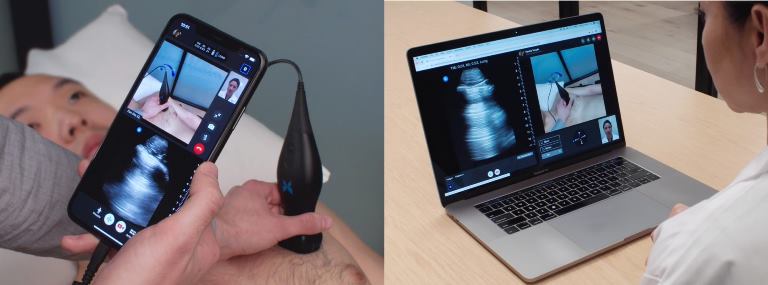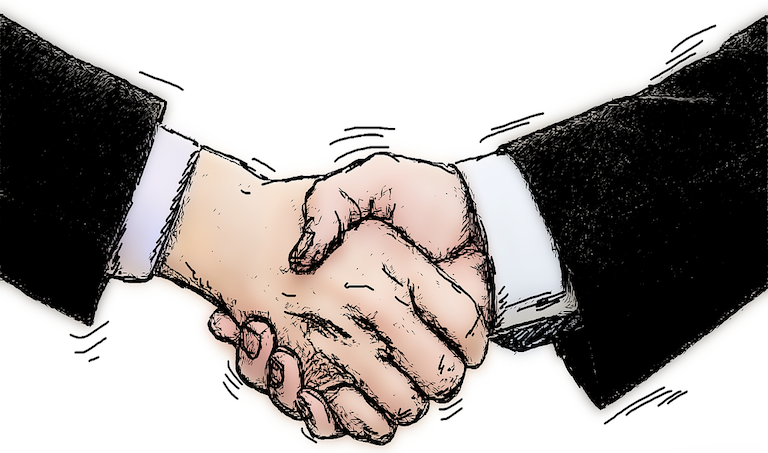Med tech companies to reach pre-COVID level only by second half of 2021: MTaI

Companies continue to earn lower than projected revenue due to weak demand and high cost
Medical technology sector is expected to recover to the pre-COVID levels in terms of revenues only by July-December period next year as such companies continue to earn lower than projected revenue due to weak demand and high cost, Medical Technology Association of India (MTaI) said.
MTaI, which represents leading research-based medical technology companies with a large footprint in manufacturing and training in the country, said medical device manufacturers suffered up to 85 per cent drop in revenue in most of the segments during the April-June period this year. In the July-September quarter, the downfall slowed a little but the future growth looks constrained due to continuing socio-economic challenges posed by the COVID-19 pandemic, compounded by rising import and operational costs, rupee depreciation against US dollar, and un-nuanced policy measures that threaten the viability of MedTech companies, it said in a statement.
“Part of the problem is universal, stretching across the globe. Some other part is unique to India – this is the part we would like to draw the government’s attention to. The 5 per cent health cess ad valorem imposed on imported medical devices have added to the woes of the industry,” said Pavan Choudary, Chairman and Director General, MTaI.
Almost all the companies in the industry have heeded to the call given by the prime minister to preserve the jobs and the industry has done so. However, the global management’s stamina for generosity shakes when they realise that a percentage of their shrinking corpus, which is meant for their employees, is going to the government exchequer, he added. Choudary said retrenchment has already started in the industry and this has a domino effect extending from the job loss to the jobs which would have otherwise been generated in the normal course in the healthcare worker industry.
“It should be noted that the maximum number of employees in the medical device industry are actually engaged in healthcare training on procedures and techniques. Also, the tariff policy of the country should be shorn off ideology and based on empirical data which clearly suggests that high import tariffs don’t lead to an increase in FDI in manufacturing,” he noted. In the 90s, the tariffs on medical devices were to the tune of 40 per cent and the proportion of imported goods to domestically manufactured goods was more or less the same,” Choudary said.
“The new health cess along with the previously imposed price control on stents and knee implants is proving to be detrimental to the government’s intention of bringing in FDI in not just manufacturing but in R&D sector as well,” Sanjay Bhutani, Director MTaI said.




